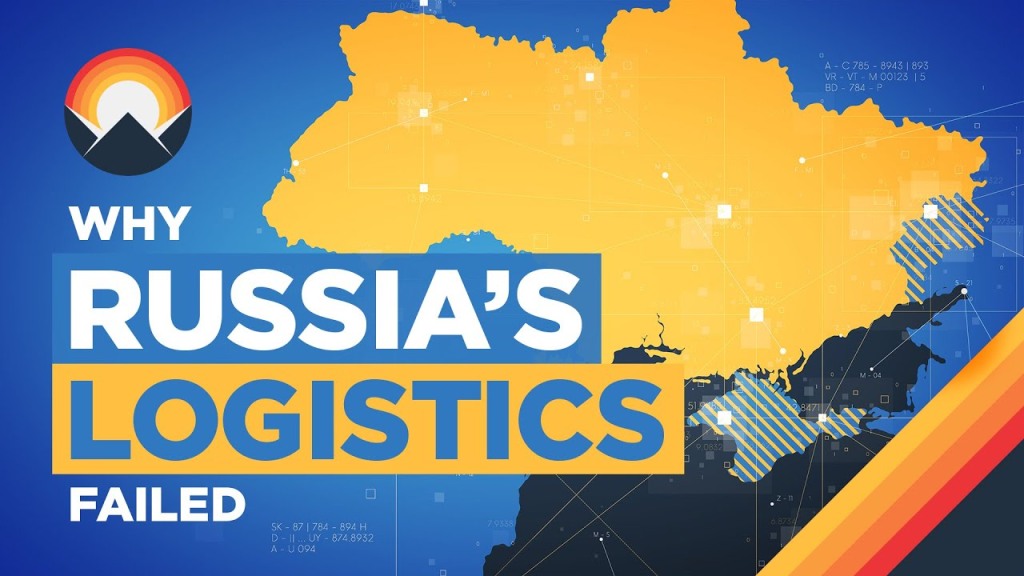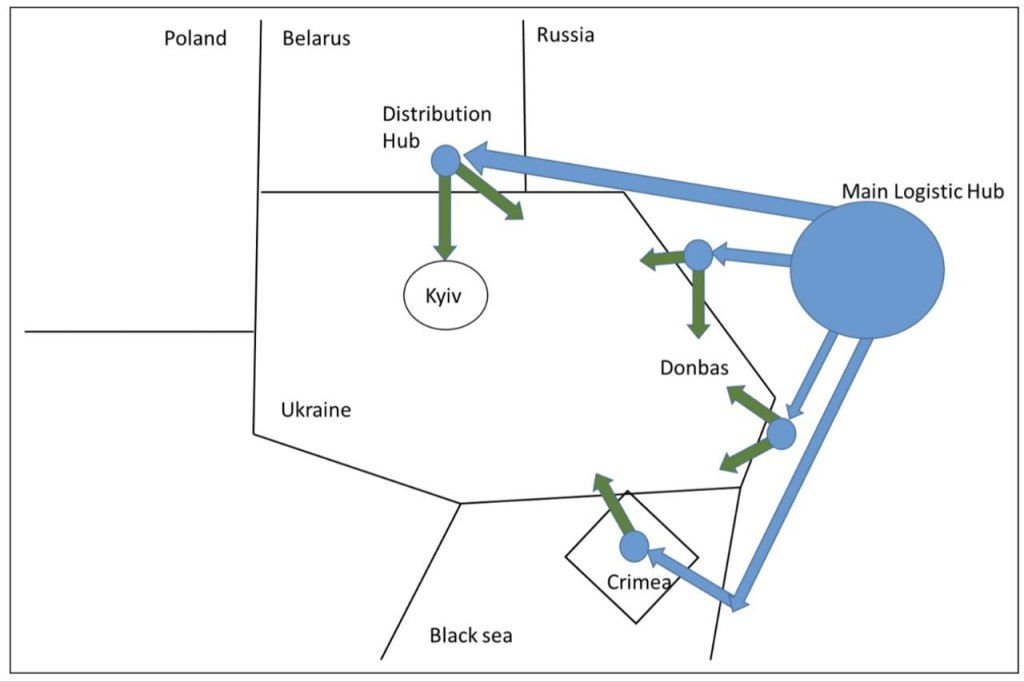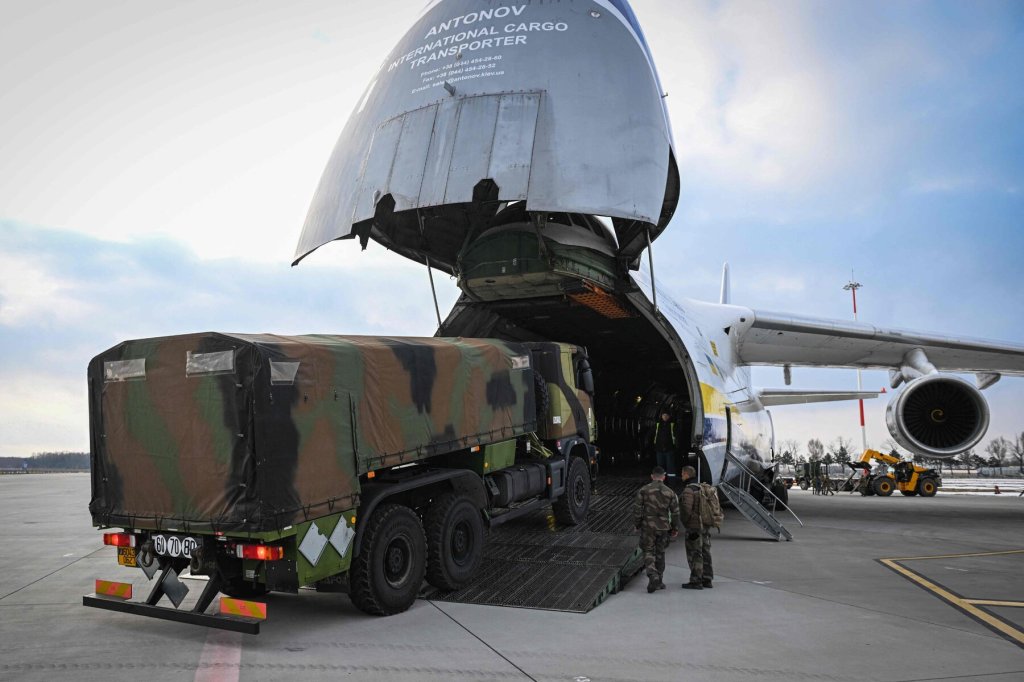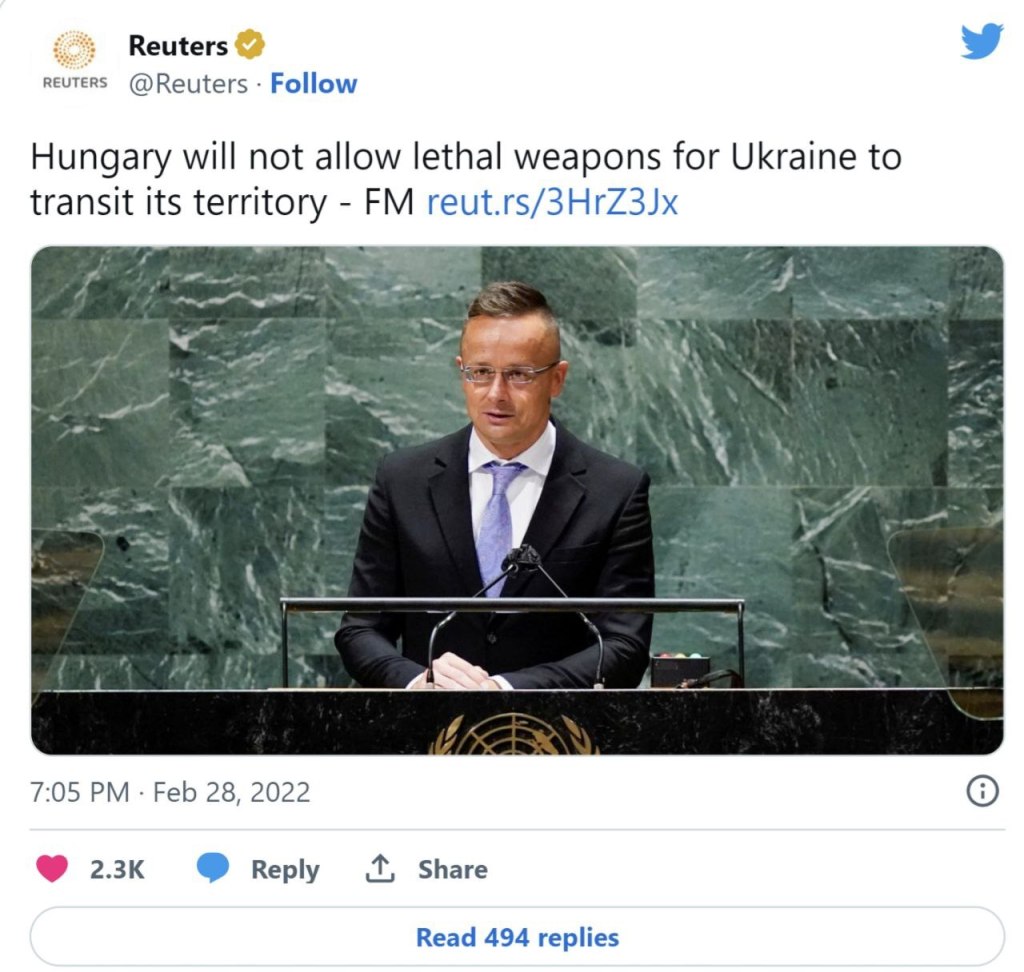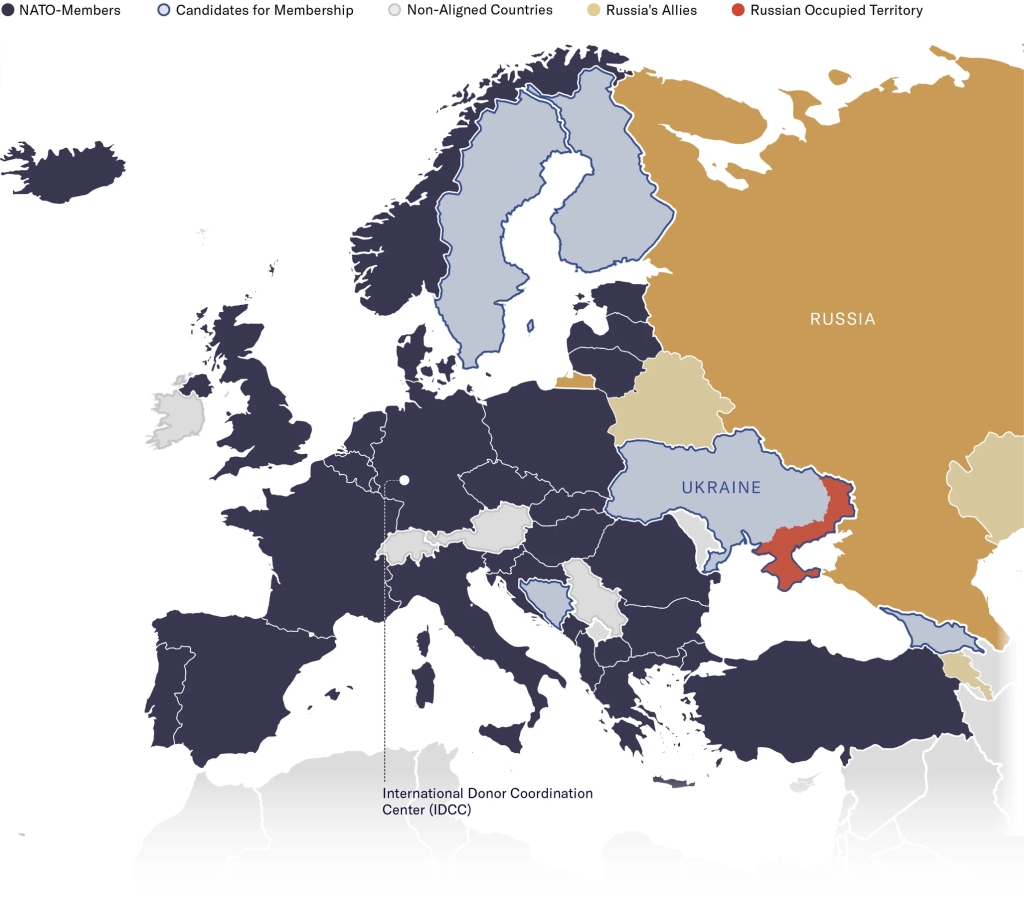
Challenges for service delivery during the war
During the war and in occupied territories, Ukraine has faced service delivery issues. Since 2014, the country has implemented policies and laws to address these challenges. The main legislation, known as the Law on Temporarily Occupied Territories, regulates residency, property sales, business activities, and social welfare in these areas.
The major factors affecting Ukraine’s service delivery framework and infrastructure since the invasion are:
- Limited or lost governmental control over occupied territories
- Security risks to lives, equipment, and government systems
- Necessity to conceal valuable information from the aggressor
- Limited judicial oversight
- Reduced law enforcement capacity
- Decreased service provider capacity due to migration and mobilization
- Attempts to destroy data by Russian hackers.
As a result, the service delivery system in Ukraine has undergone significant changes. To mitigate these risks, the government has adapted the system to the new conditions. Service delivery is no longer unified and standardized nationwide, but varies based on territory, time, scope of services, and providers.
‘Нова пошта’ and the war: how the work of Ukraine’s largest delivery service has changed
The company, according to its operations director, despite the full-scale war, did not stop work for a minute, but reduced the network. On February 24, an operational plan for the week was created, in which the cargo turnover goal was predicted to be 12 times lower than in the pre-war period, at the level of 100,000 express waybills per day.
Before the war, the company had a daily turnover of 1.2 million shipments. Having experienced a sharp decline in the first days of the Russian invasion, in more than two months Nova Poshta reached the figure of 0.5 million express waybills.
Before the war, Novaya Poshta had 8 million customers and, according to the company’s operations director, all of them remained, but they began to send less.
In general, the behavior of Novaya Poshta customers during the last two months changed very quickly and in different directions. Immediately after the invasion of the aggressor – a colossal stop, 30,000-40,000 shipments per day, sent mainly by individuals to individuals. Then the shipment of bulky goods and large heavy shipments increased significantly.
How does Nova Poshta work now?
During the 10 months of the war, Nova Poshta evacuated 177 enterprises and made 846 flights for this purpose. They are among the first to enter newly liberated territories following military operations, recognizing the crucial role they play in these areas. These cities often lack accessible shops, leaving residents without means to purchase essential items like medicine and basic hygiene products. As a result, Nova Poshta facilitates the delivery of these necessities, ensuring that people can obtain them promptly.
After February 24, 2022, logistics operators are forced to urgently change cargo delivery routes, since the Ukrainian sky was closed. So in Ukraine, goods began to be delivered by road or railway, and air logistics was already used in neighboring countries.
Nova Poshta” developed general rules for resuming work in liberated territories. For this, mobile offices, generators, and Starlink are used. Although “Nova Poshta” is starting to work as a mobile branch for 3-4 hours a day in the liberated territories, at the same time the company is trying to repair or rent another premises in order to open a stationary point for issuing and receiving parcels. Also, power outages do not affect courier delivery. Couriers work in the usual mode: they deliver parcels, process shipments through the application, accept payment. They have cell phone boosters to ensure a stable connection for work.

How “Nova Poshta” suffered losses, but managed to scale the business
During the full-scale war, “Nova Poshta” began to actively expand its business abroad. The first post office in the Polish capital, Warsaw, was opened in October 2022. Currently, 19 points are operating in Poland:
- six branches — in Warsaw;
- two branches each — in Kraków, Poznan, Gdańsk, Wrocław, and Lublin;
- one each in Rzeszów, Łódź and Katowice.
During the full-scale war, Nova Poshta opened more than 1,000 new branches in Ukraine. These are 802 partner branches and 284 own branches. Franchise business is developing most actively in the Lviv, Kyiv, Cherkasy, and Vinnytsia regions.
At the end of 2022, the company officially employed 32,000 people. Another 11,000 specialists worked for partners.
The plans of “Nova Poshta” also include the development of its own cargo airline Supernova Airlines. In the spring, the logistics operator will start operating the first flights to the EU. For this purpose, the airline leased two AN-26 aircraft. In wartime, the fleet will be based at one of the EU airports located near the border with Ukraine. From there, the cargo will be delivered to our country by road transport.
Sources: ‘Administrative Service Delivery during War Time’, https://www.oecd.org/ukraine-hub/en/#resources, 04 October 2022


